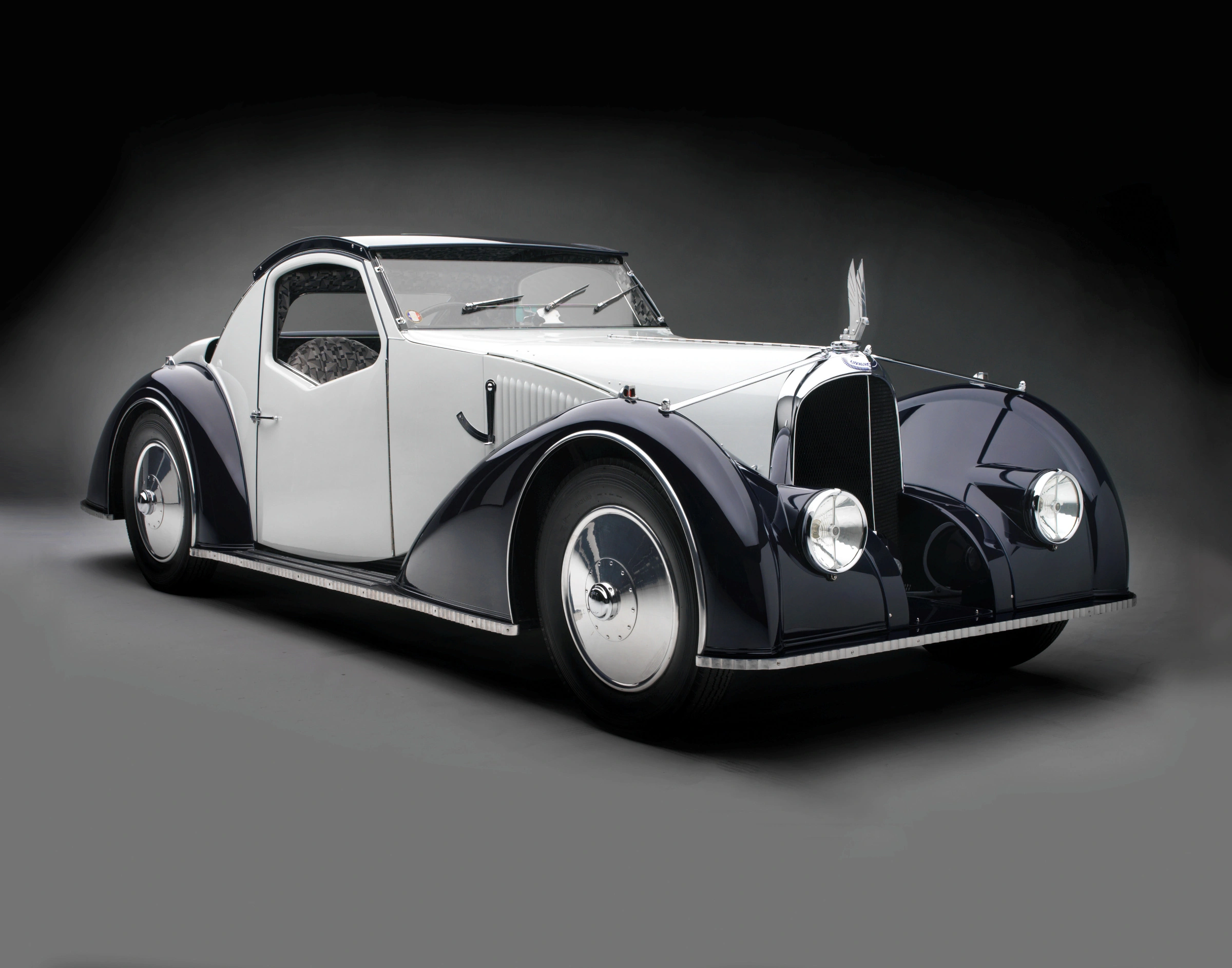The Nostalgia of Forgotten Gods. Avions Voisin (cars), France, 1919-1939
24 February 2024 2 min read 3 images

Photo credit: Wheelsage
In 1906, the brothers Gabriel and Charles Voisin created Avions Voisin, which dealt with the production and sale of fighter planes during World War I in Issy-les-Moulineaux on the outskirts of Paris. Their planes were highly innovative for the time, being built entirely of aluminum, allowing the Voisin brothers to gain experience with lightweight alloys.
Register to unlock this article
Signing up is free and gives you access to hundreds of articles and additional benefits. See what’s included in your free membership. See what's included in your free membership.
Already have an account? Log In